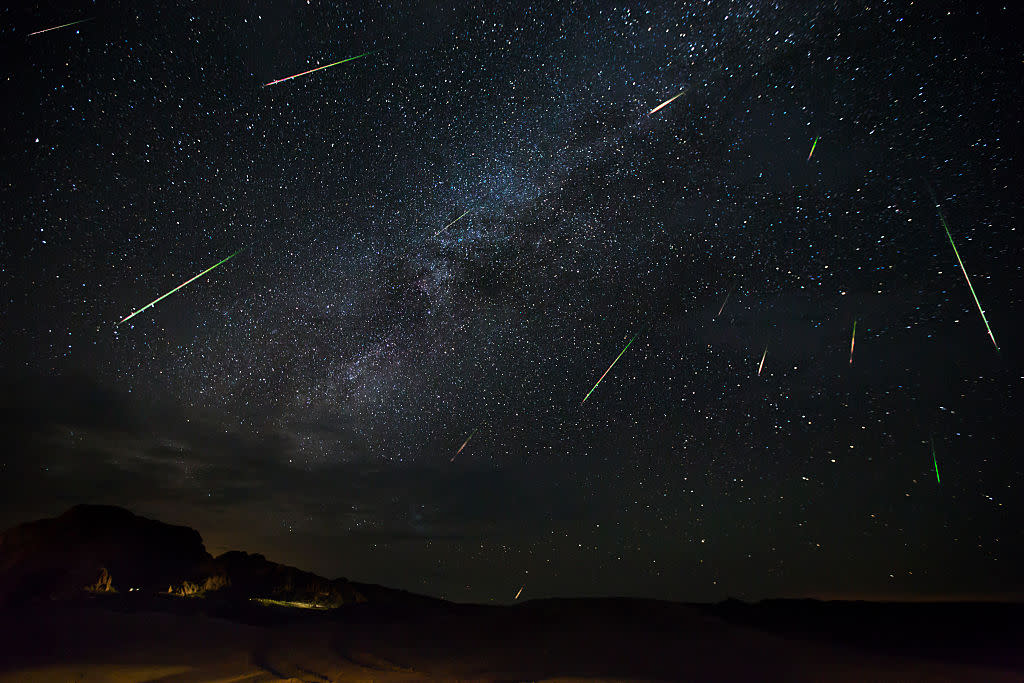Will you be able to see the Leonid meteor shower? Here are the best places to be
On occasion, the cosmos will do something wild that reminds us of how cool life can be. Perhaps there’s no better example of this than a meteor shower, when we get to see shooting stars, make wishes, and learn about the night sky in a new way. Since this weekend marks our annual Leonid meteor shower, we’ve got the inside scoop on the best places to see the Leonid meteor shower, no matter where you are. This year’s meteor shower will span across Friday and Saturday, so you’ll have ample time to get your meteor gazing on.
The good news? Saturday’s new moon will allow you to get a great view of those clear skies. The bad news? This year, we can expect only 10-15 meteors per hours. Yet, this year, we can expect bright fireballs, which weather.com explains:
“Leonid produces these fireballs because the remnants of the comet hit the Earth’s atmosphere with the same kinetic energy of a car hitting at 60 mph. Most meteors strike the atmosphere with the kinetic energy of 45 mph, according to EarthSky.”
While we can expect less meteors, we will get a greater kick! The best time to view the meteor shower is before dawn, somewhere where there’s little to no light pollution. And make sure to give your eyes 15 minutes to adjust, so you can really take in the fireballs and shooting stars. If you’re in the Rockies and the Southeast, you’ll have the best viewing conditions of the shower all weekend, according to weather.com meteorologist Chris Dolce.
A post shared by Scott (@north_georgia_rambler) on Nov 17, 2017 at 11:11am PST
Chris breaks down each region’s best time for viewing the showers. He explains,
“On Friday, viewing conditions may be clear in parts of the Ohio Valley, Southeast and mid-Atlantic. A storm system in the West will obscure the sky in much of that region and also in parts of the Upper Midwest and Plains states. On Saturday, a frontal system will bring extensive cloud cover to parts of the Mississippi Valley, Great Lakes, Ohio Valley, Mid-South, as well as parts of the interior Northeast, while portions of the Southeast Coast, mid-Atlantic Coast and the Gulf Coast may have the best shot at a clear view to the east of the Rockies, Dolce said. Viewing conditions will be much improved compared to Friday across the Rockies westward to California.”
In case you can’t make the early dawn hours work, evening works just fine too — especially for viewing “earth grazers,” aka meteors that move across the sky horizontally at much slower speeds and for longer distances. So even if you don’t get two days of perfect weather to view the shower, there’s a good chance you’ll still be able to see some magic! So grab a loved one, a cozy blanket and some good music, head to the middle of nowhere (but stay safe!), and enjoy the meteors.


